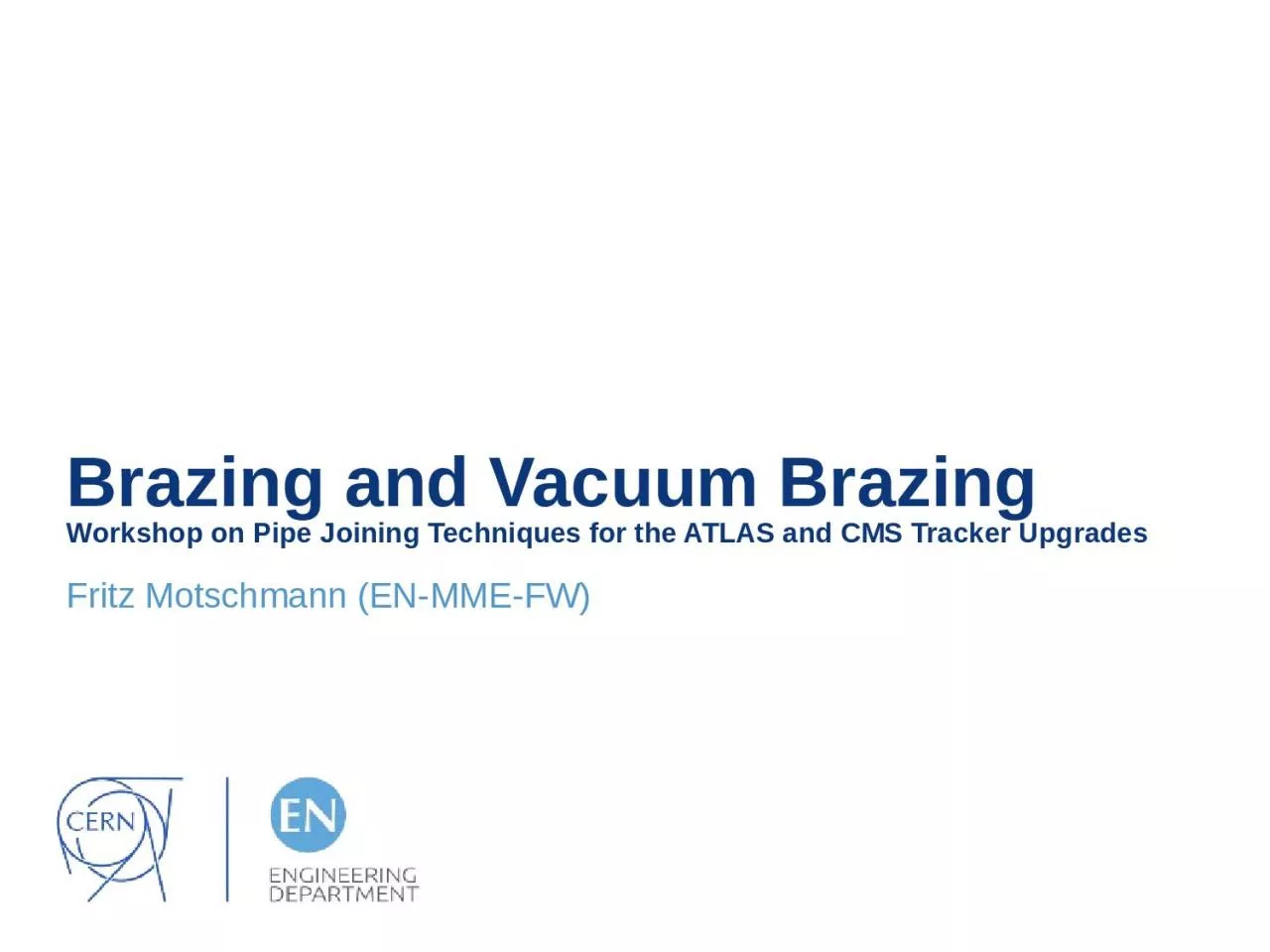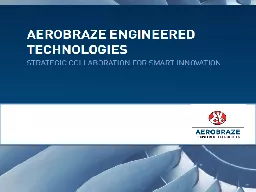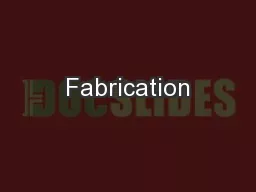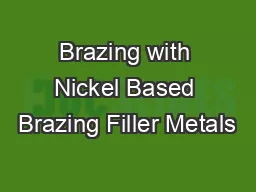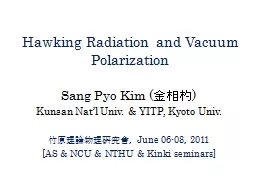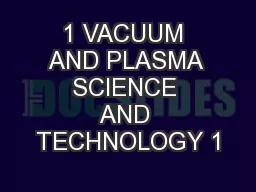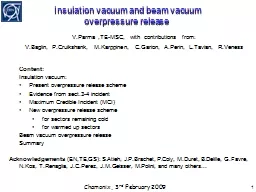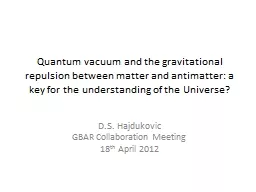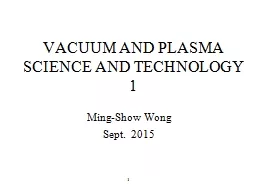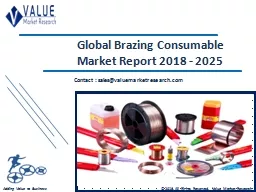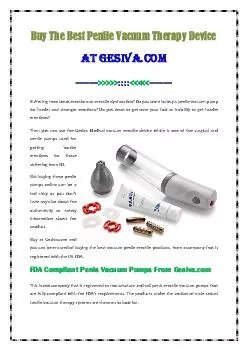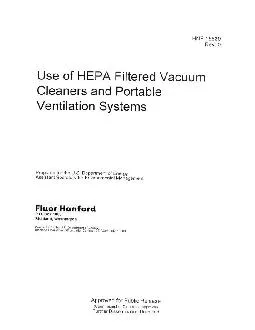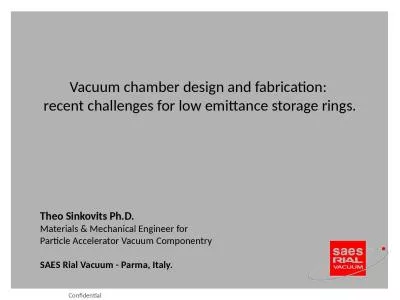PPT-Brazing and Vacuum Brazing
Author : bety | Published Date : 2022-06-14
Workshop on Pipe Joining Techniques for the ATLAS and CMS Tracker Upgrades Fritz Motschmann ENMMEFW Content Soldering Brazing Overview Brazing T echnologies Manual
Presentation Embed Code
Download Presentation
Download Presentation The PPT/PDF document "Brazing and Vacuum Brazing" is the property of its rightful owner. Permission is granted to download and print the materials on this website for personal, non-commercial use only, and to display it on your personal computer provided you do not modify the materials and that you retain all copyright notices contained in the materials. By downloading content from our website, you accept the terms of this agreement.
Brazing and Vacuum Brazing: Transcript
Download Rules Of Document
"Brazing and Vacuum Brazing"The content belongs to its owner. You may download and print it for personal use, without modification, and keep all copyright notices. By downloading, you agree to these terms.
Related Documents

